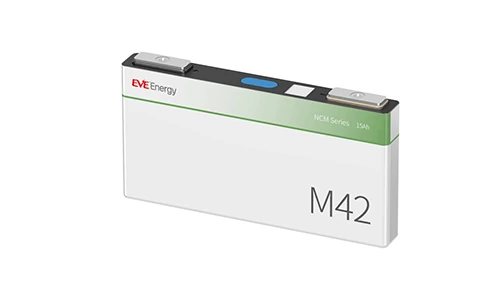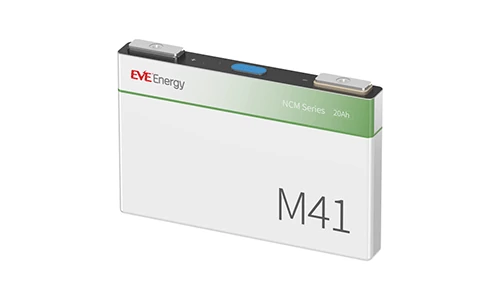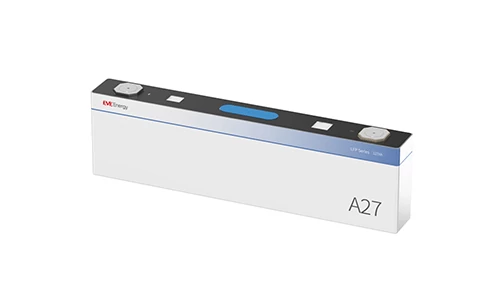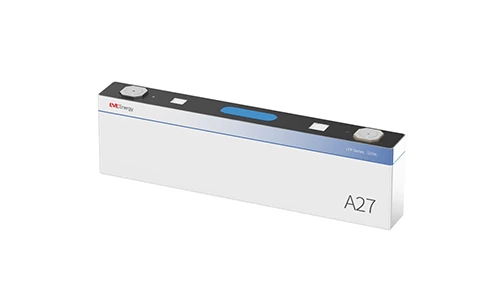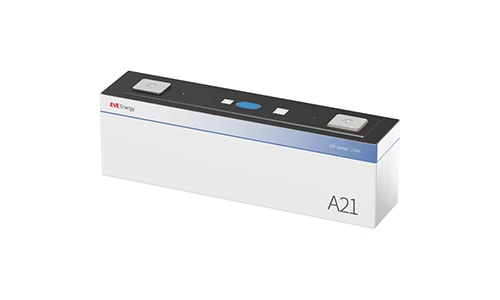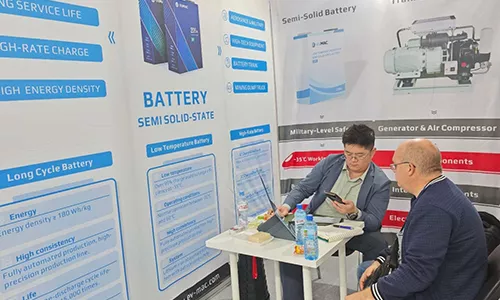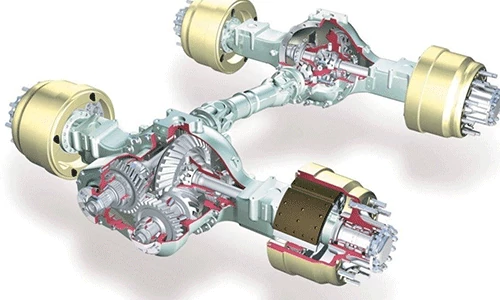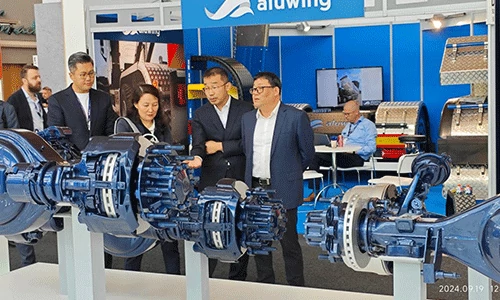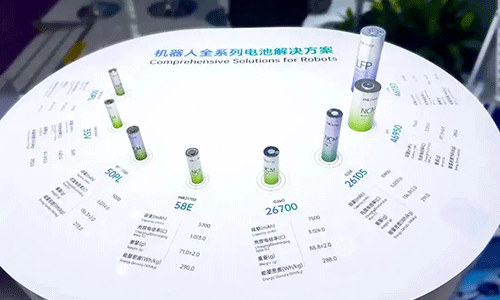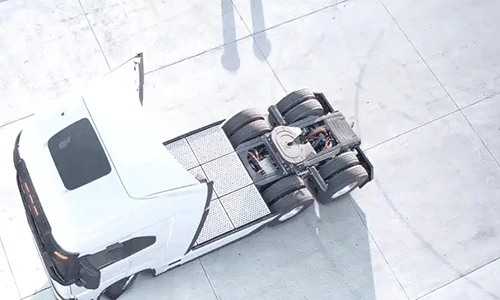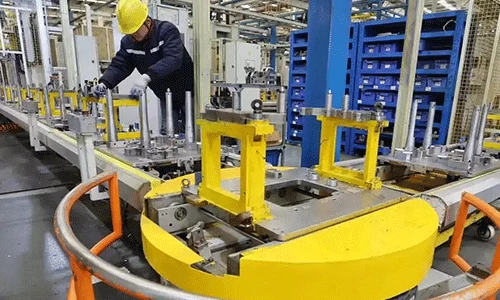Standard Voltage : 3.66 V
Standard Capacity : 5.45 Ah
Weight : 189 ± 5 g
Dimensions : 12.6 * 120.2 * 69.2 mm
Power Battery
Power batteries serve as the energy source for new energy vehicles and energy storage systems. They store and release electrical energy through electrochemical reactions, providing stable power support for equipment operation. Take lithium – ion batteries as an example. During the charging and discharging processes, lithium ions shuttle back and forth between the positive and negative electrodes, embedding and de – embedding, while electrons flow through the external circuit to form an electric current, completing the transfer and conversion of energy. With continuous technological innovation, the energy density of power batteries has been significantly improved. The energy density of ternary lithium – ion batteries can reach 250 – 300Wh/kg, and lithium iron phosphate batteries are widely used in commercial vehicles and energy storage fields due to their advantages of high safety, low cost, and long cycle life. In addition, breakthroughs in fast – charging technology enable some power batteries to be charged to 80% of their capacity within half an hour, greatly alleviating users’ range anxiety. The incorporation of a Battery Management System (BMS) allows for real – time monitoring of parameters such as battery voltage, temperature, and charge – discharge status. Through functions like equalization control and thermal management, it ensures that the battery operates in a safe and efficient state, extending its service life. With these advanced technologies and performance, power batteries not only serve as the core support for the development of the new energy vehicle industry but also play a crucial role in areas such as renewable energy storage and smart grids, facilitating the global energy structure’s transformation towards cleanliness and sustainability.
Advantages of Power Battery
- Strong environmental protection and recyclability:With the increasing awareness of environmental protection and technological advancements, the recycling system for power batteries has been continuously improved. Through physical and chemical recycling processes, valuable metals such as lithium, cobalt, and nickel in the batteries can be effectively extracted, enabling resource recycling, reducing dependence on mineral resources, minimizing environmental pollution during the mining process, and promoting the green and sustainable development of the industry.
- Optimized low – temperature adaptability:To address the issue of decreased battery performance in low – temperature environments, the new – generation power batteries adopt advanced thermal management technologies such as heating films and liquid – cooled temperature control. They can quickly heat up in extremely cold conditions, maintaining a suitable internal operating temperature of the battery, ensuring charging and discharging efficiency and driving range, and expanding the application scope of new energy devices in cold regions.
Find Power Battery by Series
This is the list of all series of Power Battery.
Click here to find Power Battery by type.
Standard Voltage : 3.66 V Standard Voltage : 3.66 V Standard Voltage : 3.74 V Standard Voltage : 3.22 V Standard Voltage : 3.22 V Standard Voltage : 3.22 V Standard Voltage : 3.22 V Standard Voltage : 3.21 V Standard Voltage : 3.20 V Standard Voltage : 3.20 V Standard Voltage : 3.22 V Standard Voltage : 3.22 V M42 Battery
Standard Capacity : 15 Ah
Weight : 426 ± 7 g
Dimensions : 17.7 * 148.7 * 78.8 mm M41 Battery
Standard Capacity : 19.5 Ah
Weight : 547 ± 15 g
Dimensions : 17.7 * 148.7 * 98.8 mm M12 Battery
Standard Capacity : 188 Ah
Weight : 2896 ± 50 g
Dimensions : 50.6 * 301.3 * 88.6 mm LF125H Battery
Standard Capacity : 125 Ah
Weight : 2310 ± 69 g
Dimensions : 47.7 * 200.7 * 115 mm L11 Battery
Standard Capacity : 154 Ah
Weight : 2755 ± 10 g
Dimensions : 33.7 * 346.4 * 110 mm A41 Battery
Standard Capacity : 106 Ah
Weight : 1880 ± 30 g
Dimensions : 52.2 * 148.6 * 118.5 mm A27-V2.1 Battery
Standard Capacity : 124.9 Ah
Weight : 2240 ± 30 g
Dimensions : 37.2 * 309.5 * 88 mm A27-V1 Battery
Standard Capacity : 127.2 Ah
Weight : 2220 ± 30 g
Dimensions : 37.2 * 309.5 * 88 mm A25 Battery
Standard Capacity : 132.2 Ah
Weight : 2281 ± 35 g
Dimensions : 30.5 * 314 * 17 mm A24 Battery
Standard Capacity : 172 Ah
Weight : 3160 ± 40 g
Dimensions : 36.7 * 301 * 132.5 mm A22 Battery
Standard Capacity : 178.1 Ah
Weight : 3170 ± 30 g
Dimensions : 61 * 281.1 * 88. mm A21 Battery
Standard Capacity : 154 Ah
Weight : 2755 ± 30 g
Dimensions : 33.7 * 346.4 * 110 mm
Global Activity
Railway freight car bogies
Railway freight car bogies, also known as railway freight car running gear, are key components of railway freight cars. They play an important role in bearing the load from the car body and the track, guiding the vehicle along the rails, and alleviating the force of movement.
Deeply Cultivate the International Market, Empowering the Future of Rail ——Focus [PRO//Motion Expo 2025]: SinoMac Exhibition Highlights Review
From August 28 to 31, 2025, the highly anticipated PRO//Motion Expo 2025 (Russian International Railway and Motion Exhibition) grandly opened at the Russian Railway Museum in St. Petersburg. PRO//Motion Expo is currently the largest railway and transportation exhibition in Russia and the Commonwealth of Independent States (CIS), attracting extensive participation from railway companies from CIS countries and around the world. Over the four-day exhibition, exhibitors showcased cutting-edge technologies and innovative achievements in the railway transportation industry.
SinoGen Company participated in the Saudi International Railway and National Highway Transportation Exhibition to explore new opportunities in the industry
The highly anticipated Middle East Saudi International Railway and National Road Transportation Exhibition (SAUDI RAIL) will be grandly opened in Riyadh, the capital of Saudi Arabia, from October 19 to 20, 2025. As an annual event in the field of rail transportation in the region, this exhibition focuses on Saudi Arabia's grand blueprint for rebuilding the future new city. With its strong industry influence and extensive market radiation, it has attracted many industry elites and enterprises to participate actively. The market heat continues to rise, showing a booming development trend.
About Motor and Electric Drive Adaptation
The motor-drive adaptation process refers to the process of matching the motor with the electric drive system. In actual applications, the motor and the electric drive may have different characteristics, such as voltage, power, speed range, etc. Therefore, in order to achieve optimal performance, efficiency and stability, they need to be properly matched and configured.The adaptation process usually includes the following steps: Specification analysis Evaluate the technical specifications of the motor and the electric drive, including rated power, rated voltage, rated speed, maximum torque, etc.;
Brief Analysis of Axle Failure
When judging the power performance of a vehicle, the first thing to look at is the engine, gearbox and axle, which are often called the "three major parts". It is these three parts that together make up the power chain of the truck. To solve the problem of axles, you must first understand what axles are. The explanation given by Baidu Encyclopedia is: "Axles are also called axles. They are connected to the frame through suspension, and wheels are installed at both ends. They are mainly used to bear the load of the car and maintain the normal driving of the car on the road."
High-Quality Development of the Global Commercial Vehicle Industry
As an international event in the logistics and transportation industry, the exhibition attracted more than 1,650 companies from 41 countries and regions, and major global manufacturers exhibited their latest research results and design concepts. Among them, Qingte Group, as China's largest independent axle manufacturer, brought a new generation of electric drive axles, traditional axles, trailer axles and a full range of castings to Hannover, fully demonstrating the comprehensive competitiveness of power system solutions in traditional and new energy fields and large castings business products.
Innovative Technologies Help Low-Altitude Economic Development
With the rapid development of low-altitude economic technology, the requirements for battery performance of drones and low-altitude aircraft are becoming increasingly refined. In terms of application scenarios, EVE Energy continues to deploy low-altitude economic tracks, and has launched a comprehensive solution for low-altitude economic batteries that combines high safety, high specific energy, long life, long endurance, ultra-fast charging, and high power to meet the differentiated needs of agricultural plant protection drones, consumer drones, industrial drones, manned eVTOL and other scenarios.
Electric Drive Axle and Distributed Drive Technology
As the layout of automobile parts gradually changes from decentralized to centralized, electric drive axles improve efficiency and reduce energy consumption by simplifying the structure, becoming the dominant direction of pure electric truck development. Due to its unique structure, electric drive axles do not require a gearbox when driving pure electric vehicles, thereby reducing the loss in the process of kinetic energy transmission. Therefore, the industry generally predicts that the combination of motors and electric drive axles and distributed electric drive technology will become the dominant development direction of pure electric trucks in the future.
Deeply Cultivate the Field of Special Vehicles
Be the "load bearer" of safe travel Walking into Qingte Industrial Park, the eight characters "Chinese Axles, Made in Qingte" come into view. The axle is also called the axle. If the engine is compared to the heart of the car, then the axle is the two legs of the car. It is connected to the frame through the suspension, and all the loads are borne by the axle. The steering axle installed on the front wheels of the car plays the role of driving the car to turn; the drive axle installed on the rear wheels of the car drives the car forward.



